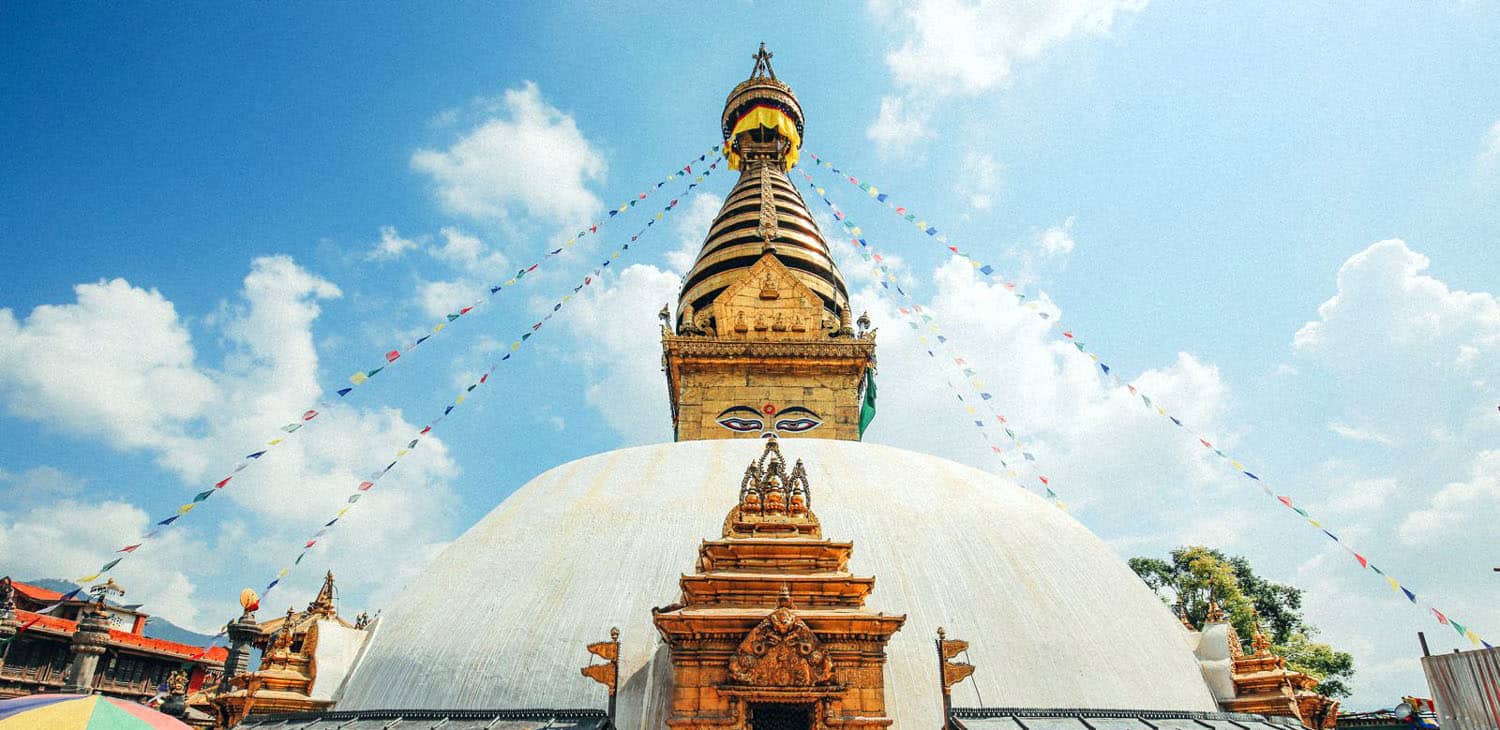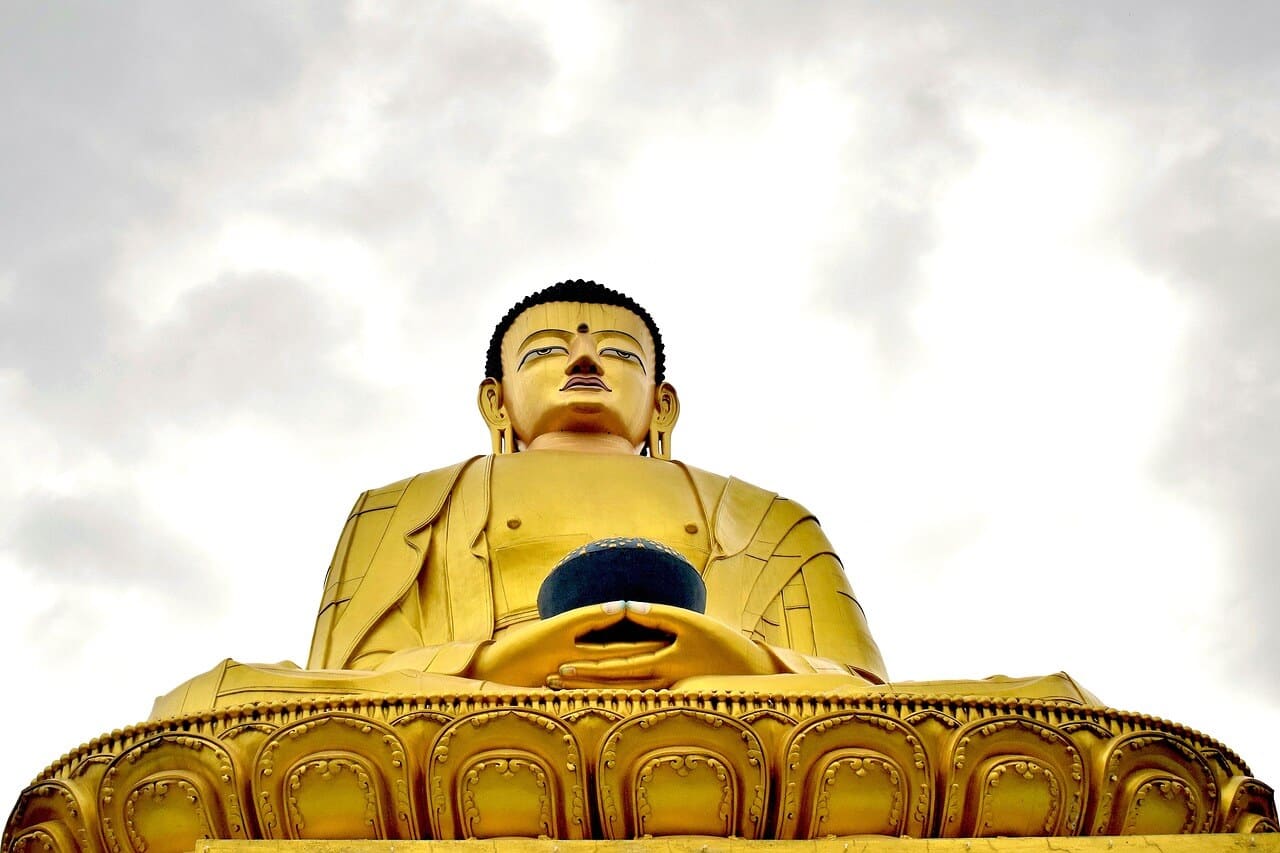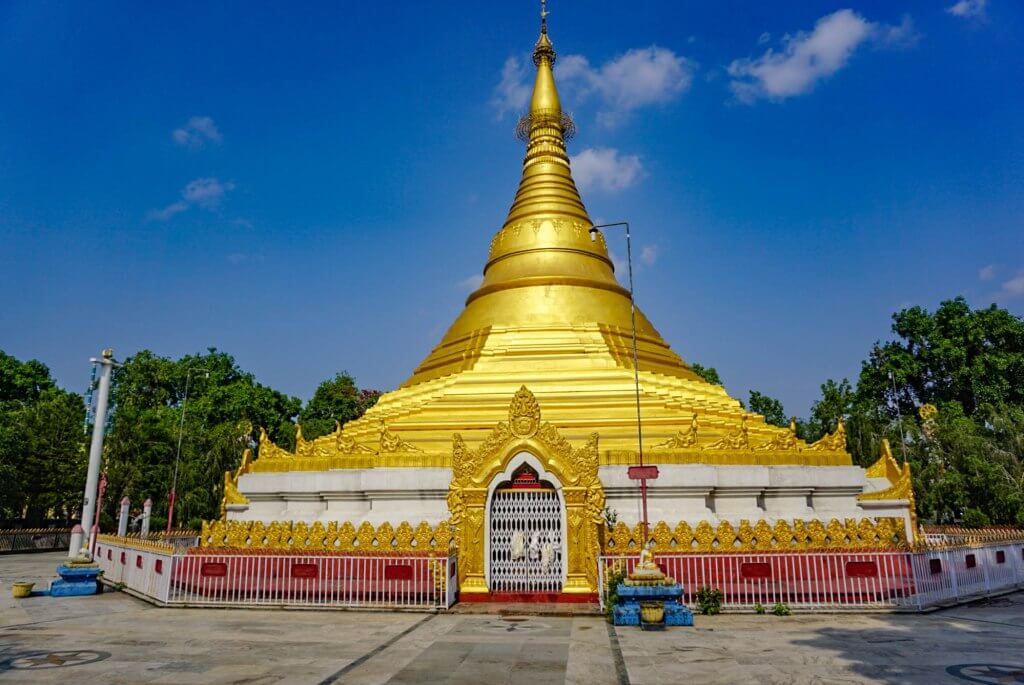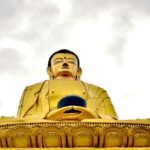Mystical Rituals and Legends of Pashupatinath: A Temple Beyond Time
Located on the banks of the holy Bagmati River in Kathmandu, Nepal, the Pashupatinath Temple is a symbol of spirituality, history, and mysticism. It is a temple dedicated to Lord Shiva, but it is more than a temple, it is a living, breathing organism that holds centuries of myths, rituals, and divine power. Pilgrims, sadhus, and tourists from all over the world travel to Pashupatinath to feel its transcendental spirit. For those who are on a spiritual pilgrimage, Nepal tour packages frequently feature this beautiful temple as one of the destinations that must be visited.
The Divine Origins of Pashupatinath
The history of Pashupatinath Temple is steeped in fascinating myths and legends. One of the most famous tales narrates that Lord Shiva once took the form of a deer and roamed freely in the lush forests surrounding the Bagmati River. The gods, in their search for Shiva, found him in his deer form and tried to capture him. During the struggle, Shiva’s horn broke into four pieces, which later became the foundation of the sacred Jyotirlinga within the temple. From that day, the site became a supreme pilgrimage center for Shiva devotees.
Rituals That Define the Sacredness of Pashupatinath
- Evening Aarati – A Divine Spectacle
The most fascinating experience at Pashupatinath is the Evening Aarati, a large ritual held on the banks of the Bagmati River. With coordinated chanting, the ringing of bells, and the beautiful light of lamps, this ritual brings about an ambiance of complete devotion and tranquility. Both pilgrims and tourists join together to experience this otherworldly moment, commonly part of specially designed Nepal tour packages for seekers of spirituality.
- The Sacred Cremation Ghats
The temple is also famous for its Arya Ghat, where Hindu cremations are performed. For Hindus, to be cremated at Pashupatinath is to be given moksha (freedom from the cycle of rebirth). Though this spectacle may be overwhelming for some, it is an expression of the deeply ingrained belief in the transience of life and the spiritual path after death.
- Maha Shivaratri – A Night of Devotion
Every year, Maha Shivaratri turns Pashupatinath into a world of worship and festivity. Thousands of sadhus (Hindu holy men), dressed in ash and rudraksha beads, flock to the temple to pray, conduct sacred rituals, and chant hymns of praise for Lord Shiva. The temple is turned into a center of divine power, attracting devotees and tourists alike who want to experience this unique festival.
- The Ritual of Rudrabhishek
Among the most holy rituals celebrated at Pashupatinath is the Rudrabhishek, a complex ritual involving the offering of milk, honey, ghee, and flowers to the Shiva Lingam and chanting Vedic hymns. It is believed that the ritual washes away obstacles, bestows blessings, and evokes divine protection. Spiritual seekers opt for Nepal tour packages that feature this ritual to gain its potent benefits.
The Mystical Sadhus of Pashupatinath
Wandering sadhus reside in the temple, mystics who have abandoned worldly life to pursue spiritual awakening. These holy men, clad in saffron robes or smeared with ashes, are part of the temple’s mystique. Some practice profound meditation, others impart ancient knowledge to those seeking advice. Their presence is one of the spiritual attractions of Pashupatinath, making it an out-of-this-world experience for tourists.
Why Go to Pashupatinath?
Pashupatinath is more than a temple; it is an experience that immerses one in spirituality, history, and holy rituals. Here’s why it needs to be on your list:
- Witness centuries-old Hindu rituals and traditions.
- Experience the Evening Aarati – a magical mix of devotion and music.
- Witness the distinct culture of sadhus and spiritual seekers.
- Discover the temple’s rich history and mythical origins.
- Feel the divine power that renders this place one of the holiest in the world.
For those who seek a holistic spiritual experience, Nepal tour packages usually feature guided tours to Pashupatinath as well as other UNESCO World Heritage Sites such as Boudhanath Stupa and Swayambhunath Temple.
Conclusion
The Pashupatinath Temple is a testament to eternal love, mysticism, and spiritual enlightenment. Whether you are attracted by its mythological beginnings, its strong rituals, or the divine aura that pervades it, this temple provides an experience unlike any other. A visit to Pashupatinath is not merely a visit to a holy place; it is a journey to something much greater—a place where the past, present, and future merge into divine eternity.
For those in search of a deep spiritual experience, Nepal holiday packages that encompass Pashupatinath will surely leave an eternal imprint on the soul. Embrace the mystical aura of this temple beyond time and embark on a journey that goes beyond the mundane.








